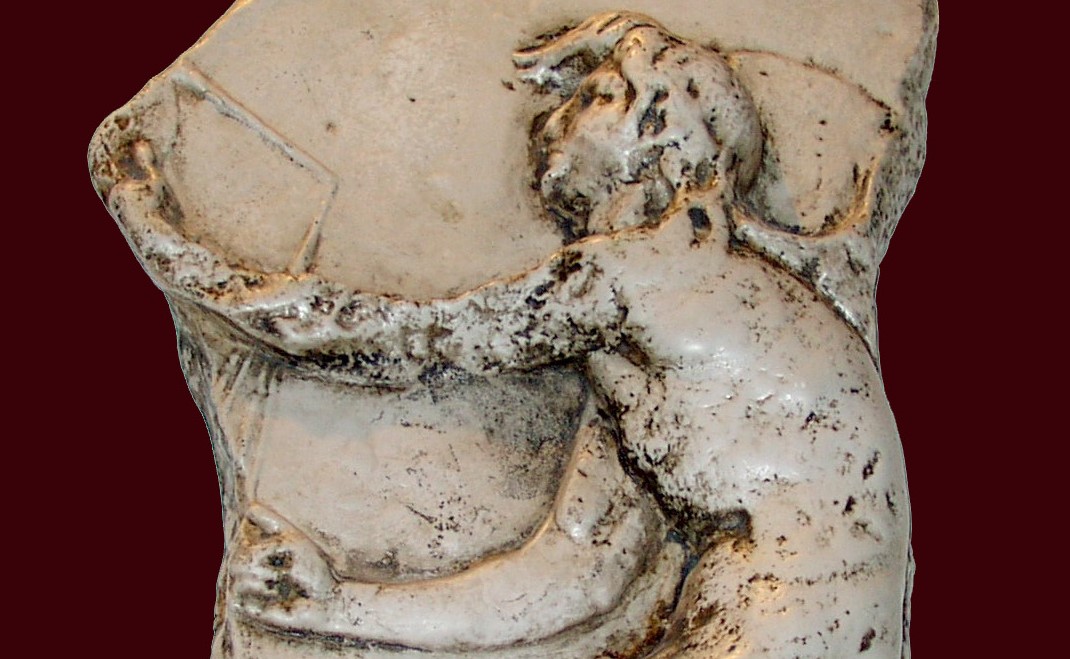Componendi ratio: sull’iconografia di Occasio

Componendi ratio: sull’iconografia di Occasio
Authors: Gianfranco Adornato
In: Eidola 13 (2016)
Pages: 105-120
Description: The present article focuses on the invention and peculiarities of the Occasio’s iconography, as transmitted in a poetic composition by the fourth-century poet Ausonius. Scholars have highlighted the close iconographic similarities and influence from the Kairos statue made by Lysippus and described by Posidippus. In this contribution, on the contrary, I will investigate the
iconographic ‘intertextuality’, elements of caesura, transformation of meanings from Kairos, to
Tempus, to Occasio, alterations in the transmission of the (lost) Lysippan prototype during the
centuries in Greece and Rome, between literature and art. A further section will be dedicated to
the iconographic invention of Occasio during the Modern Age, as attested by the xylography of
the epigram In Occasionem by Andrea Alciato.
Keywords: Occasio, iconografia, fonti letterarie, Kairos, trasmissione e fortuna dell’iconografia antica